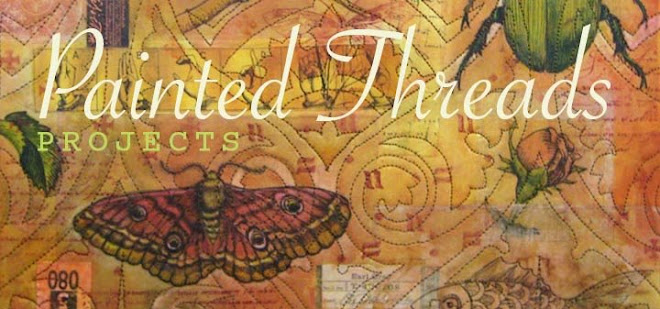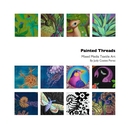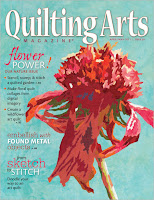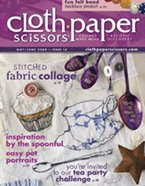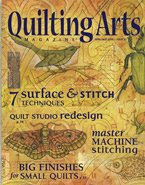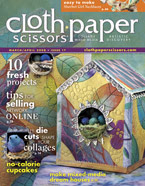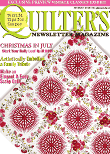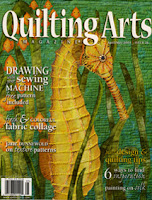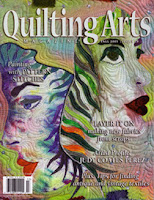I've had this jean skirt for a couple years and have hardly ever worn it, the first reason is the length was not flattering being right at the knee, as you can see here in this photo from quilt festival with my friend Jane LaFazio and one of my students, Nasreen. It makes my long legs look stumpy and it was just kind of boring.
So I cut off 3 inches and left a raw edge. I'm a 70's girl at heart, I always liked that raw edge on cut offs. Then I set to work bleaching the bottom edge.
Here it is after, much improved, I think.
This is how I did it:
I used bleach, unfortunately with denim there aren't really any other good options for removing the dye, and a bucket.
First I saturated the skirt in water so the bleach wouldn't make a sharp line when I first dipped it. I put about an inch of bleach in a bucket and dipped the skirt in.
Then I poured hot water down the skirt and into the bucket, so there would be more bleach in the bucket but it would be diluted. I slowly dipped the skirt in a little deeper so the diluted bleach went up higher on the skirt. I repeated dipping and pulling the skirt out of the bleach until I got the bottom edge very light and had a nice gradation.
I ran the skirt through a long wash wash cycle to get all the bleach out and put it in the drier on hot to get the bottom nice and frayed.
Now back to work prepping for all my classes at International Quilt Festival next week.
